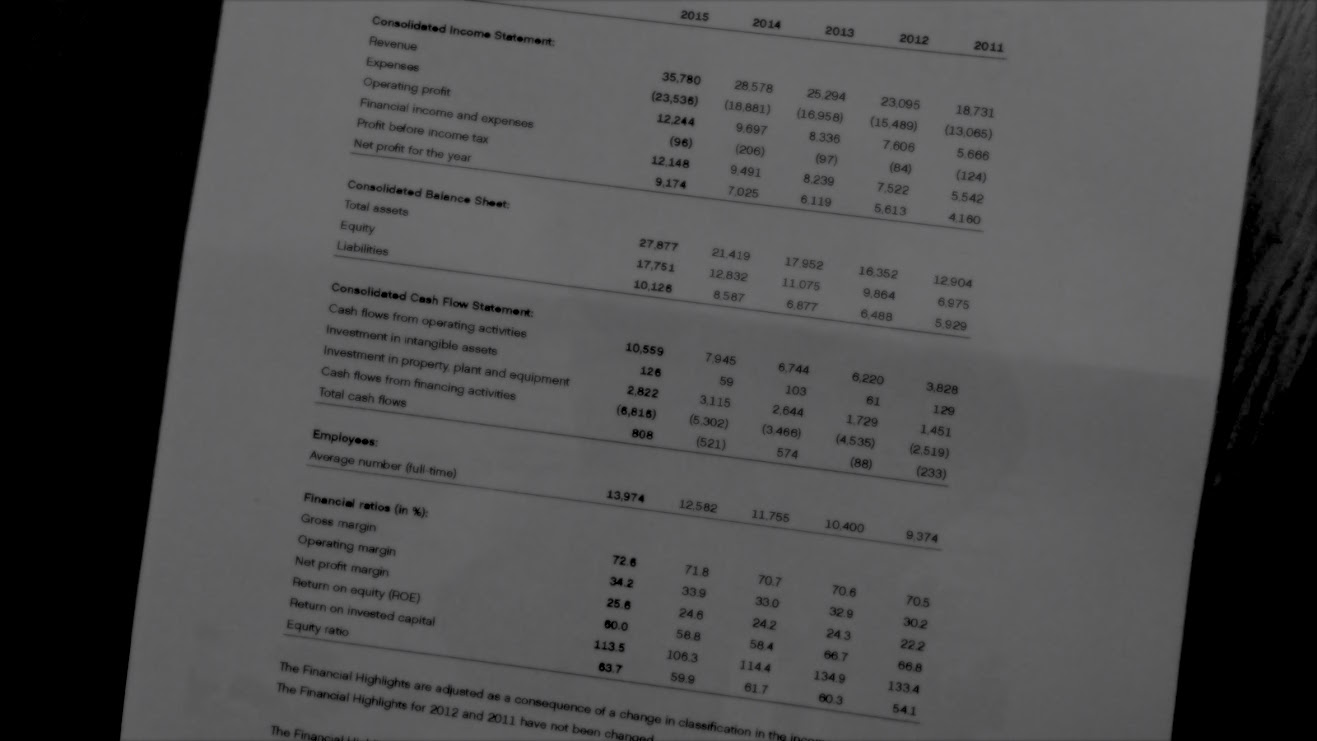Here’s one illustration I often based on our fee structure of zero management fee + 25% quarterly performance fee, assuming the account is worth $100 on December 31st.
All the below illustrations assume you did not deposit or withdraw any money from the account over the course of the year, and are for illustration purposes only, with no guarantee of actual market returns.
These returns are deliberately assumed to be more volatile than they often are for the conservative investment strategy for illustration purposes.
By March 31st, the account has grown in value to $108 from dividends and stock appreciation. On that quarterly anniversary, $2 (25% * the $8 increase from $100 to $108) is charged as a performance fee, and the new account balance and “high water mark” is $106.
By June 30th, the account falls to $95. As performance was negative, no performance fee is charged.
By September 30th, the account recovers to $105. Since this is still below the $106 “high water mark”, no performance fee is charged this quarter.
By December 31st, the account rises in value to $110. On this quarterly anniversary, a $1 performance fee (25% * the $4 increase above the old high water mark of $106) is charged, leaving the new account balance and high water mark at $109.
So in summary, in this scenario, the account earned a gross profit of $12 and paid out $3 in performance fees, for a net profit of $9 for the year. The performance fee is only charged once on each new dollar of profit above the previous high, ensuring you are not charged twice on the same profit, and that ultimately we make money proportionate to how much money we make you.
Feel free to contact me through the below form with any questions:

